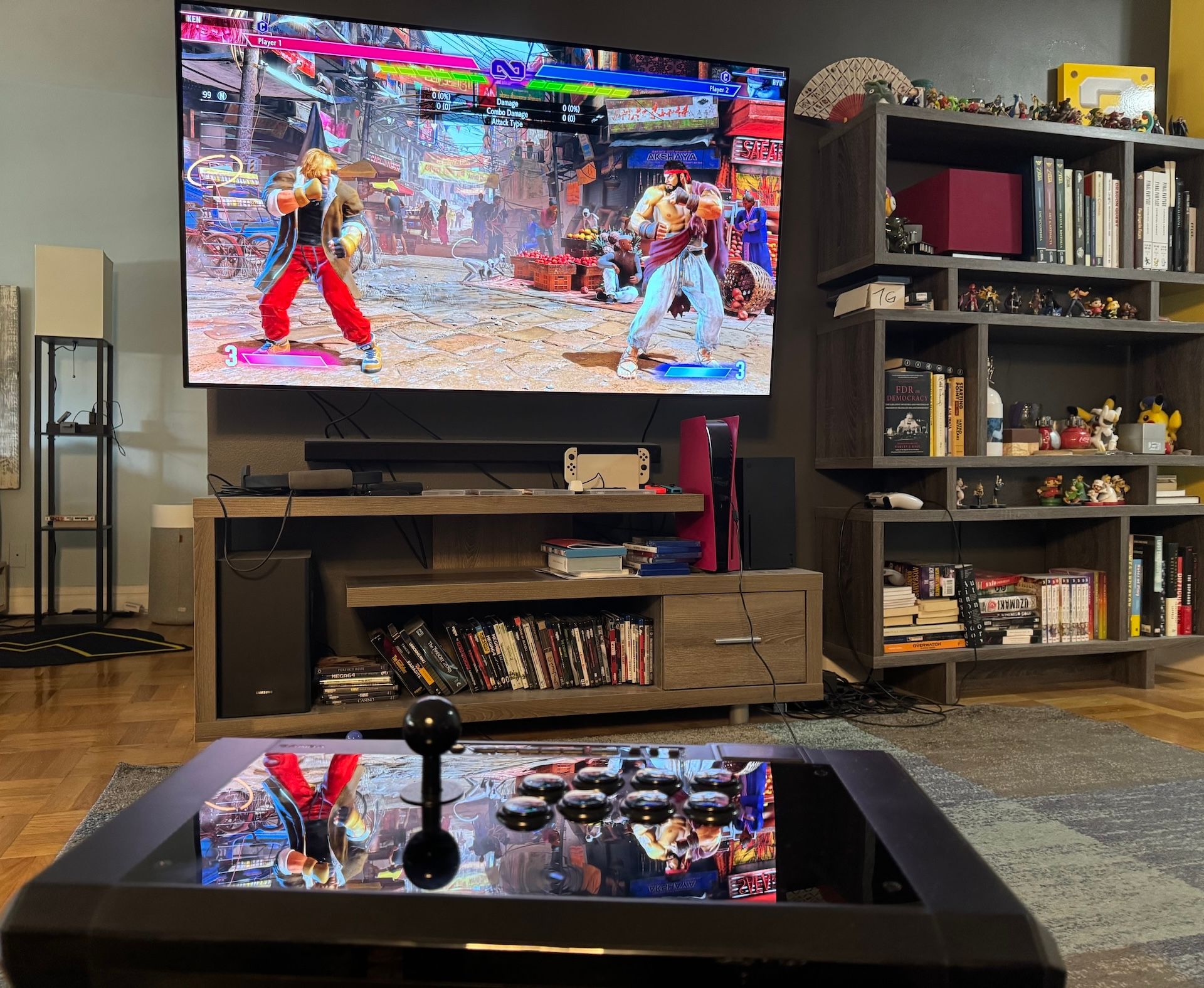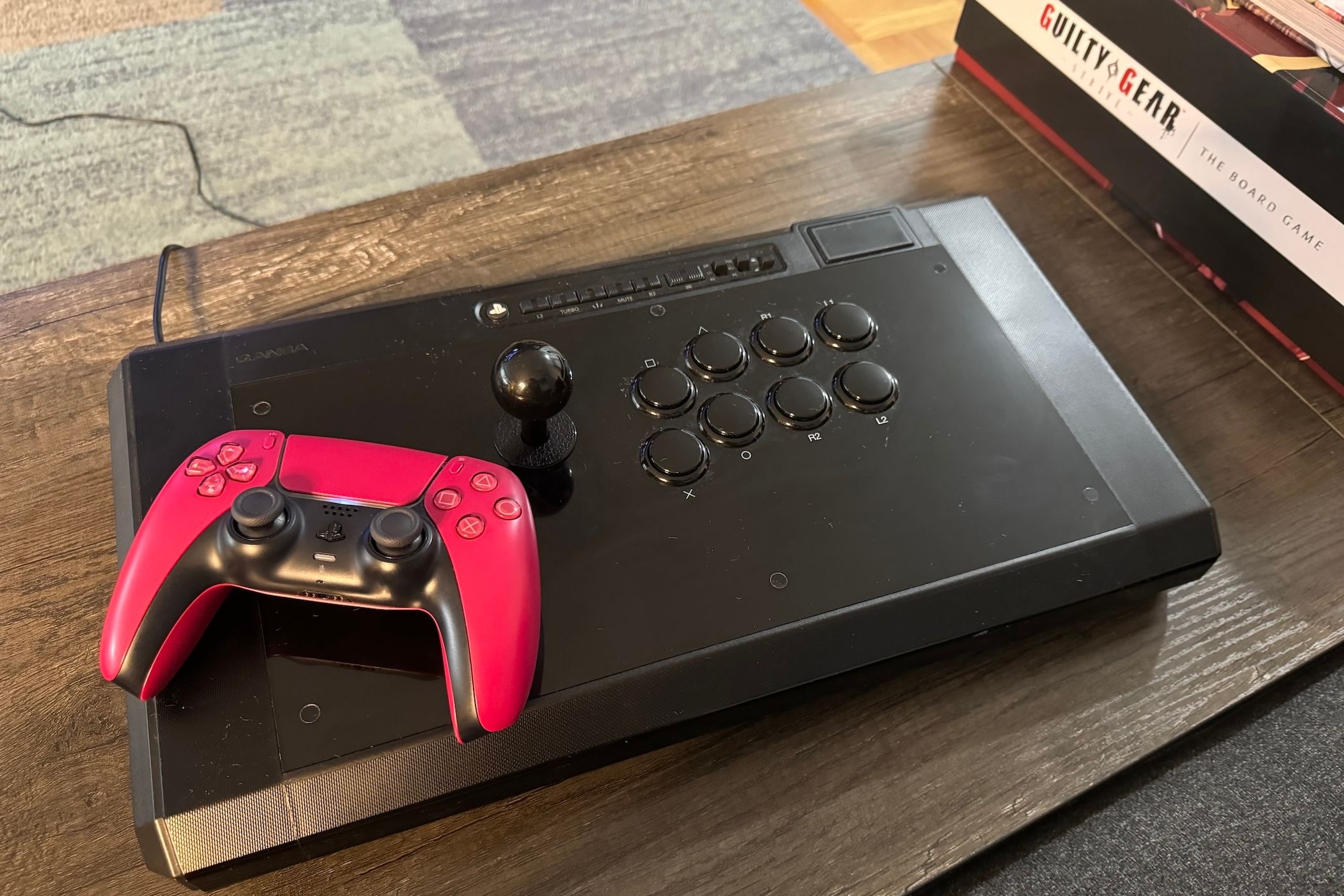Key Takeaways
- Rollback netcode improves online fighting game experiences by providing close to seamless online play that’s less prone to latency than older netcode implementations.
- Delay-based netcode caused lag and disruptions, leading to a player decline in online games.
- Implementing rollback netcode may be challenging, but its benefits have revitalized the fighting game genre for players of all levels.
In the past, fighting games were plagued by unstable online experiences. Thankfully, a new standard is changing the genre for the better and is slowly making its way into the biggest fighting franchises.
Rollback Netcode Is the Answer
If you’ve spent any time around the fighting game community, you may have heard of something called “rollback netcode.” It’s a common talking point among both fighting game fans and developers, and arguably one of the most important innovations in the genre’s history.
But first, it’s a good idea to have an understanding of what “netcode” even means. Netcode refers to the networking system in a game that allows multiple players to connect online and play together. A game’s netcode is also responsible for processing and synchronizing inputs from each player to ensure that everyone in a match sees the same actions on screen at the same time.
Unfortunately, netcode doesn’t always work as intended. A poor internet connection, high latency, or even problematic design decisions within the netcode itself can lead to issues such as lag, severe input delays, and random disconnects. These problems can severely detract from the fast-paced, reflex-based nature of fighting games, and they were a consistent issue across the genre for many years until the introduction of rollback netcode.
Rollback netcode is a system that attempts to deliver a seamless online experience by handling your inputs and your opponent’s inputs in two different ways. Your inputs are processed instantly, meaning your character will immediately perform an action the moment you press a button, regardless of your current connection speed.
Rather than waiting for the other player’s inputs, rollback netcode represents the other player on your screen with a prediction of their actions using data from the last few ticks (times that the game processes new information). If a prediction is wrong, the game reverts (or “rolls back”) to the game state from a few frames prior and runs the correct action. The rollback process usually occurs before the wrong action is displayed on screen, allowing matches to continue without any major interruptions.
For example, if your opponent sends an upward directional command, the game might assume that they are about to jump and will prepare to display this predicted action on your screen. However, if the opponent presses another button to execute a different move before the jump begins, the game will quickly revert to an earlier game state and display the correct move instead.
In practice, rollback netcode offers a much smoother and more responsive experience than the online systems that preceded it, and it mitigates many of the frustrations associated with older fighting games. Although rollback can suffer when playing with a high ping—sometimes leading to visual glitches such as seeing your opponent teleport around the screen—it’s easily the most reliable system for engaging in online play.
The benefits of rollback netcode aren’t just limited to its technical advantages. The ability to play against anybody around the world without constant technical issues has helped modern fighting games foster massive fanbases and highly dedicated communities. Not only is online multiplayer fun to play (when it works), but it also provides an easy way for you to practice before attending in-person meets at LAN parties and local tournaments.
Games that use rollback netcode such as Injustice 2, Guilty Gear Strive, and Street Fighter 6 appeal to longtime fighting game fans and newcomers alike thanks to their consistently stable online performance. Online lobbies for these games are active with players of all skill levels, making it easy for newcomers to go online at any time. As such, rollback netcode has become a necessity for fighting games to maintain an active player base after their initial release.
The Problem That Plagued Old Fighting Games
Before rollback netcode became the standard for fighting games, most releases in the genre relied on delay-based netcode to support online functionality. Unfortunately, delay-based netcode was far from perfect.
Delay-based netcode attempts to synchronize players by adding a slight delay to all inputs. For example, moving forward or launching an attack will take a few frames longer than normal to execute. This isn’t as disruptive as it may sound, as these input delays are too subtle for most players to notice. However, adding this slight delay gives a game more time to process inputs from both players.
But what happens when one player needs more time for their inputs to be processed, either due to differences in latency or connection quality? Unfortunately, this is when delay-based netcode falls apart. If your opponent’s inputs take too long to process, your side of the match will temporarily freeze until the game resynchronizes both players. At best, this pause might only last for a few seconds or less. However, if this happens too frequently, it can result in severe lag that causes matches to slow to a crawl or stop entirely.
The obvious flaws in delay-based netcode have pushed many games to switch to rollback. Dragonball FighterZ, Guilty Gear Xrd Rev 2, and BlazBlue Cross Tag Battle all received rollback updates years after their initial release. Similarly, modern ports of retro classics like The King of Fighters ‘98 and Capcom Fighting Collection included rollback netcode at launch. Unfortunately, many other games that launched with delay-based netcode like Granblue Fantasy VS, Soul Calibur VI, and Samurai Shodown quickly declined in players (despite their quality) and were unable to ever recover.
Fighting games are already infamous for their complexity, but the unpolished state of online multiplayer made the genre seem impenetrable to casual players for years. Plenty of fighting games tried to win over players with various offline modes, but those who aren’t interested in single-player or don’t have anyone to play local multiplayer with were simply out of luck.
The lackluster online experiences of these older titles did little to entice newcomers or appease veteran fighting game fans. Fortunately, the recent influx of fighting games with reliable rollback netcode has helped the genre gain a much-deserved second chance from lapsed players.
Why Isn’t Rollback Netcode in Every Fighting Game?
With all the advantages that rollback netcode provides, it almost seems like an obvious choice for fighting game developers to completely abandon delay-based netcode in favor of rollback. But there are a few reasons that some developers still prefer the old standard.
Although rollback is more reliable than delay-based netcode, it’s also harder to implement. Rollback netcode revolves around a complicated system that isn’t guaranteed to work with every game. For rollback to function, it needs to manage and constantly adjust predictions for both players. It must also be able to immediately revert to a previous game state at any time during a match, which can be a challenge to implement on certain game engines.
These added steps make rollback netcode more intensive to run and time-consuming to implement than delay-based netcode. Rushing the process isn’t helpful either. Street Fighter V proved that poorly implemented rollback can be far worse than delay-based netcode.
Delay-based netcode, for all its faults, is simple to design. Apart from the forced input delay, it functions as a basic peer-to-peer system, making it easier to implement and run than rollback.
However, developers now have access to numerous resources that streamline the process of implementing rollback netcode. While some games still use their own custom-made rollback systems built from the ground up, most modern releases such as Mortal Kombat 1 and Tekken 8 use GGPO or similar preexisting programs that allow developers to easily add rollback to their games.
Furthermore, GGPO has become even more accessible since it became open-source in 2019. Because of this, almost all modern fighting games include rollback netcode at launch, allowing players to enjoy online matches from the start rather than needing to wait for multiplayer features to be fixed in patches.
Some developers use a hybrid system that combines rollback with a slight input delay. However, the numerous problems associated with a fully delay-based system make it impractical for any modern fighting game.
Now Is the Best Time to Start Playing Fighting Games
Whether you’ve been staying away from the genre due to poor internet or have been intimidated by its complexity, there has never been a better time to pick up a fight stick and give online fighting games another chance.
There’s a wide and varied selection of modern titles with reliable online support and massive player bases comprised of both fighting game veterans and newcomers. Most importantly, the advantages of rollback netcode make playing online more enjoyable than ever before.






